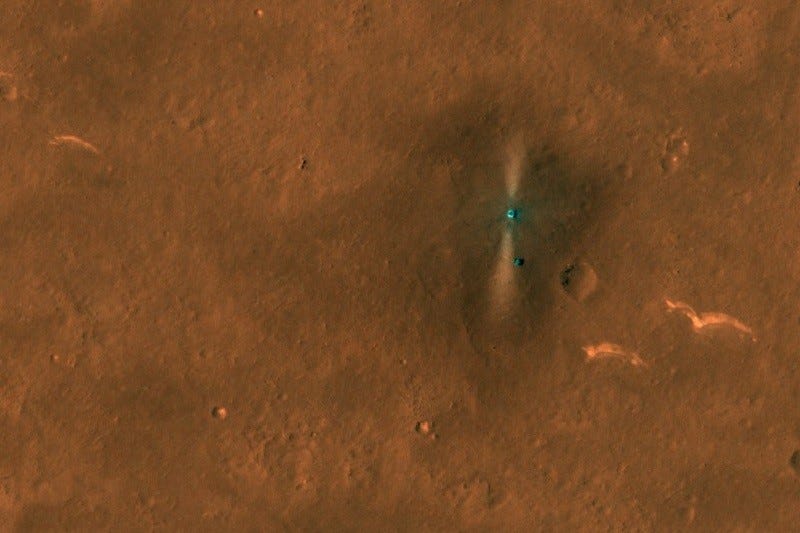China's Zhurong Rover Captures Stunning Selfie on Mars Exploration
Written on
Chapter 1: The Historic Deployment of Zhurong
In June, China made history as the second nation to successfully operate a rover on Mars, with the six-wheeled Zhurong rover gracefully rolling down its ramp onto the Martian surface. The rover has since transmitted its inaugural images back to Earth, including a remarkable selfie that captures both itself and the landing platform. Notably, Zhurong employs a different method compared to NASA’s rovers for taking selfies.
Zhurong made its landing on May 15th, and the team on Earth took the necessary time to ensure all systems were functioning properly before guiding the rover down its ramp. After its descent, Zhurong traveled approximately 10 meters to position a remote camera, which allowed the team to capture an image of both the rover and the lander on June 6th. Unlike NASA's Curiosity and Perseverance rovers, which take selfies using their robotic arms to capture multiple photos that are then stitched together, Zhurong utilizes a detachable camera to accomplish this task, as it does not have an arm.
In addition to the remote selfie, the China National Space Administration (CNSA) has released several lower-resolution black-and-white images from the rover’s navigation cameras, a photograph of the lander taken by Zhurong, and a panoramic view of the Utopia Planitia landing site. As of now, Zhurong has traversed about 22 meters on Mars, and all systems are functioning as intended.

The Zhurong rover and landing platform, as observed by NASA's Mars Reconnaissance Orbiter (MRO), showcase the impressive capabilities of interplanetary photography. Although NASA is not collaborating with CNSA on this mission, the MRO has been able to capture clear images of the rover’s landing area from its high-altitude perspective. Scientists involved with MRO are eager for the Chinese team to discover features of interest, such as a nearby crater or a small boulder possibly ejected from an impact. Additionally, bright dunes located 50 meters to the south could present further exploration opportunities.
Zhurong is equipped with solar panels to power its operations, which poses a risk in the face of Mars’ frequent dust storms. NASA recently had to creatively clear sand from the solar panels of the InSight lander. In contrast, Curiosity and Perseverance utilize nuclear power sources, providing them with a more stable energy supply. The CNSA anticipates that Zhurong will operate effectively for around 90 days, but it may exceed that duration, similar to NASA’s Spirit and Opportunity rovers, the latter of which lasted an impressive 15 years on the Martian surface.
The first video presents the latest images released by China’s Mars rover, showcasing the stunning visuals captured during its exploration of the red planet.
The second video features the Zhurong rover in action, including audio of its deployment, providing an exciting glimpse into the rover’s operational capabilities on Mars.